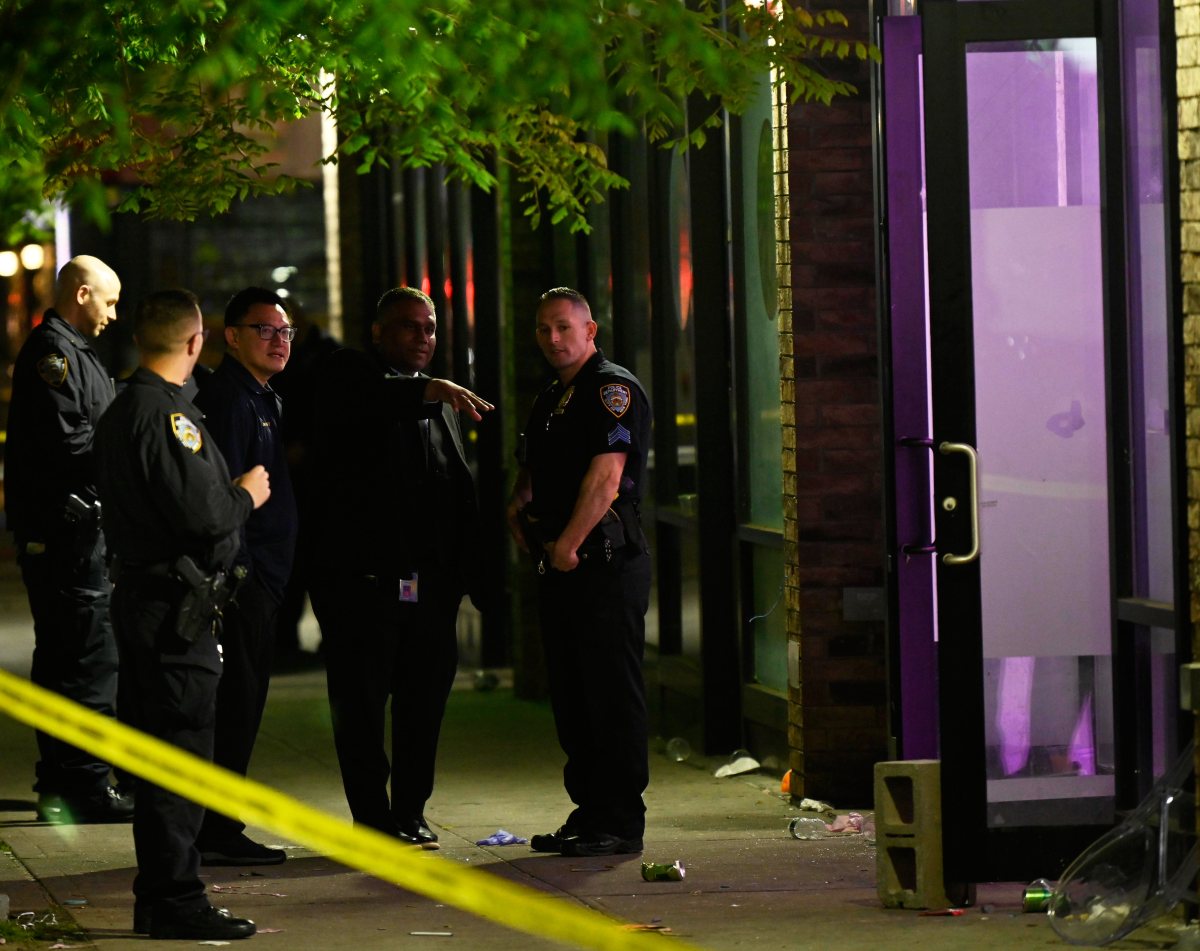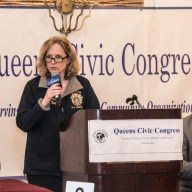By Gabriel Rom
Queens has the fewest number of food insecure residents in New York City, according to a report from the New York City Coalition Against Hunger, while 11 percent of Queens children live in food insecure homes, considerably lower than the citywide rate of one-in-five children.
With just over 190,000 food insecure residents, or about 9 percent of the borough’s population, Queens’ hunger numbers are dramatically lower than those for Manhattan, Brooklyn and the Bronx. Staten Island was not included in the report.
The report also found that almost half of all people receiving food assistance in New York City are employed.
Between 2012 and 2014 450,000 city residents lived in households that included at least one person working but were food insecure, leading to what Joel Berg, the executive director of the Coalition, has called “an epidemic of working people’s hunger.”
The report was released Tuesday by the nonprofit organization, which works with government at all levels.
Citywide, around 1.4 million people live in food insecure households, a number that has not budged much since 2009, when the economic recession was formally declared over.
According to another estimate from Triada Stampas, vice president for research and public affairs for Food Bank For New York City, 13.3 percent of Queens residents, or about 300,000 people, suffer from food insecurity. The city average is 16.5 percent.
While the numbers are encouraging for Queens, elected officials were adamant that work still remains.
“It is shameful when a person who is working a full day of work cannot afford food for their family,” state Sen. Toby Ann Stavisky (D-Flushing) said. “The report issued by the New York City Coalition Against Hunger should be a wake-up call to all of us, especially so close to Thanksgiving. As we gather around our dining room tables, let us appreciate the fortunes we have, but also think of those who have not.
“One person going hungry is one too many, and yet we have one million New York State residents—including many children—living in households where at least one person was working, but could not afford enough food,”she said. “It is time to end hunger in New York state.”
Yet between December 2012 and September 2015, participation in New York City’s Supplemental Nutrition Assistance Program— or SNAP — dropped from 1.89 million to 1.69 million, an 11 percent reduction. Over the same period, the average SNAP food stamp benefit in New York City declined from $162 per person per month to about $148 per person per month.
In Queens, results of the Coalition Against Hunger’s survey of food pantries and soup kitchens found that 39 percent of the respondents reported not having enough food to meet current demand, while 88 percent reported being affected by the SNAP cuts.
“With recent cuts to SNAP benefits, the New York City Coalition Against Hunger’s mission has become even more vital in the fight against hunger,” said state Assemblyman Mike Miller (D-Woodhaven), who vowed to press for funding on the state level.
Reach reporter Gabriel Rom by e-mail at grom@




























